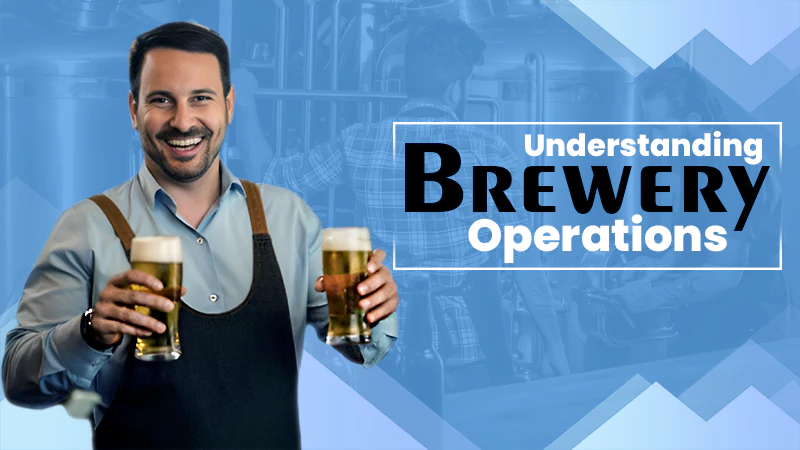9 Training Points for the Forklift Operator
Forklift machines are among the most used industrial machines as they are known to ease the workload effectively. They are used in warehouses and storage facilities. However, as essential as forklifts are, they are dangerous when operated by non-trained personnel. That’s why forklift operators must understand Forklift Training Systems’ ideas to make sure that they reduce accidents or injuries.
With that being said, there is a need to have forklift operators who undergo formal training on operating these machines. It is one of the best ways to increase safety and efficiency during operations. Additionally, it complies with OSHA’s clarification on training requirements for powered industrial truck operator training.
So, if you wish to learn about handling forklifts, here are nine training points for forklift operators;
Get to Understand Statistics
As an experienced operator, it is essential to ensure forklift operators undertaking your training familiarize themselves with statistics. Statistics act as a basis for why it is important to take training seriously. Ensure that you inform them of forklift accidents and the dangers that come with having a forklift operated by non-trained personnel. According to statistics given by OSHA, more than 1,000,000 forklift fatalities have been reported in the U.S.
Understand Basic Requirements
There is a need to offer training on all forklift operators concerning basic requirements. A forklift will involve lifting and loading of items. Therefore, train your personnel on basic requirements when it comes to the handling of forklift machines. Ensure that you offer training on raising loads, loading items, steering a forklift, entering elevators upon authorization, and speed when operating. This is important in ensuring a forklift operator has basic requirements, and in cases where the training has not been perfected, you can offer retraining programs.
Know The Various Types of Forklifts
Train your personnel on the common types of forklifts as recognized by OSHA. Further, inform them of the different classes on types of trucks that there are. A forklift operator should know the different types of forklifts and what differentiates them. Among the types of forklifts we have are; electric motor rider trucks, narrow aisle trucks, rough terrain forklift trucks, and electric motor hand trucks.
Understand the Common Hazards Linked with Forklifts
Train your personnel on the common hazards associated with forklift operations. Narrow the common risks by listing the common ones to the least fatalities during forklift operations. Training that involves accurate evaluation, in this case, is useful. Personnel being trained are aware of what to expect should they not follow the forklift operations guidelines.
Operating in Hazardous Areas
According to OSHA, most forklift accidents are preventable. Therefore, it is essential to train your workers to operate in hazardous areas and avoid accidents from occurring during operations. Additionally, train them on requirements provided by OSHA’s act when working in dangerous areas.
Pre-operations
Different Forklifts have different checklists. Train your forklift operators on the importance of a safety checklist before operating the forklift. Educating them on checking battery plug connections, wheels, tires, hydraulic hose reels, and other battery systems. Pre-operations are essential in preventing an accident during operations. According to OSHA, most forklift-related fatalities occur because of neglecting pre-operations and checking the safety checklist.
Procedures to Follow During Maintenance
Maintenance is as necessary as operations. You must train your personnel on procedures to follow during maintenance. According to the National Institute for Occupational Safety and Health (NIOSH), most fatalities recorded from forklift operations result from neglect of maintenance. Maintaining your forklift ensures that it runs smoothly and that it does not expose you to accidents. Train your personnel on maintaining a forklift, therefore, eliminating that which could affect its performance and stability.
Solutions for Forklift Safety
Forklift safety involves proper handling of the machines and knowing solutions beforehand in case of an emergency. Train your personnel on safety measures and the need to provide solutions in a bid to prevent fatalities.
Implementing Safety Measures
There is a need to train your personnel on how to implement safety measures. There are potential hazards in your workplace, which are avoidable if your workforce can quickly implement safety measures. One area that you should not overlook is safety signs. If you are working with forklifts, safety signs are a primary mode of communicating with everyone. A simple sign will help direct everyone on where to walk, what to wear, and areas to be more careful.
Training your personnel is more than just teaching them on lifting loads or loading their forklift machines. Ensure that you prepare your personnel before they operate the machine; they can also go for the online Forklift Certification. Educate them on the safety precautions to undertake and how to mitigate fatalities by implementing solutions and safety measures.
Follow Us
Latest Post















